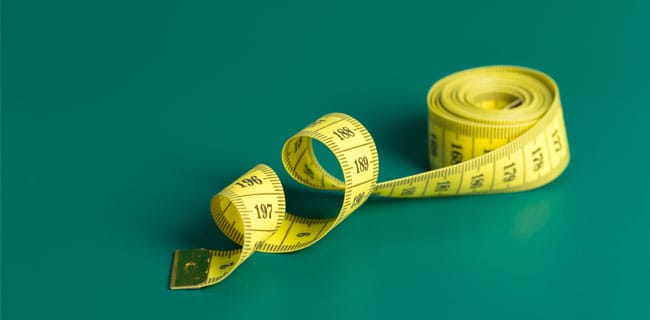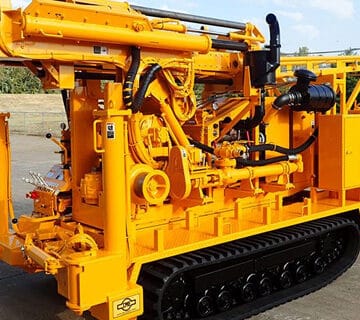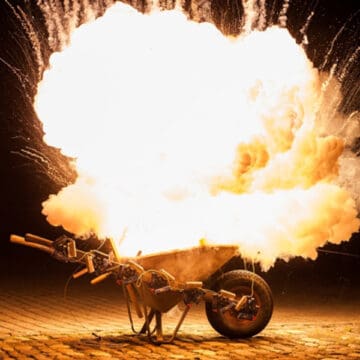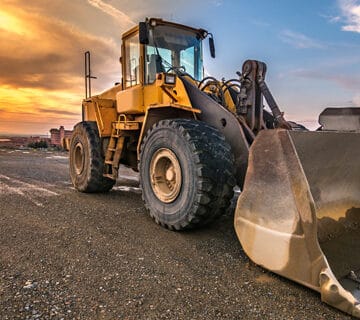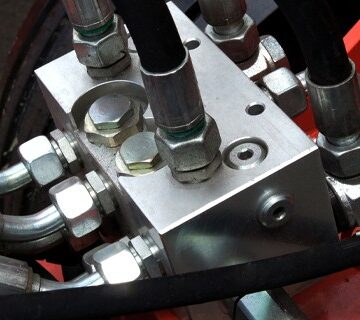Failed hydraulic hose assemblies do more than slow production, they can also cause expensive equipment failure and result in catastrophic injury. Leaks alone can cause slips, trips and falls, putting your workforce at risk. What happens when it’s more than a little leak? High-pressure hoses can pierce skin; while flammable or hazardous materials can result in burns or even explosions. The key to avoiding injury or productivity loss is proper hose assembly.
Proper hose assembly starts with selecting the right hydraulic hose and fittings matched to the application. In the U.S., hose sizes are typically specified by the inner diameter (ID) of the hose along with the desired flow rate for the system. Consider other factors like temperature, fluid compatibility, chemical exposure, pressure requirements, bend radius and insertion depths before selecting the hydraulic hose you’ll use in the application. We recommend using the S.T.A.M.P.E.D system when selecting hoses, hose ends and other fittings.
Related: Premature Hydraulic Hose Failure Costs and Prevention Tips
Hoses fail. Wear, exposure and lifespan all play a role in the effectiveness of a hydraulic hose assembly and sometimes it is unavoidable. However, premature hose failure can often be prevented with knowledge and training. Here, we cover how to properly calculate the hydraulic hose length your job requires (Fluid Power Pro).
Have questions on improving the safety and efficiency of your hydraulic hose systems?
Give us a call at 314-638-6500 OPTION 4.
3 Ways to Measure Hydraulic Hose Cut Length
Cut a hydraulic hose too short and you can end up with hose and coupling separation. Cut a hose too long and you can run into routing issues and space restrictions.
There are no standard measurement criteria for measuring hose length, and measurement can differ from manufacturer to manufacturer. So, when a hose fabricator is selecting a new hose assembly or working with a new supplier, be sure to check with the manufacturer’s requirements to ensure the correct measurements and avoid wasteful scrap. Here are 3 things to consider when choosing hose length:

(Source: Fluid Power Pro)
1) Overall length (OAL) is the total length of the assembly including fittings. (Default for Parker, Gates, Kuriyama)
2) Seat-to-seat length is the length of the hose from the bottom of the collar on one end to the internal sealing surface of the other end
3) Cut length is the length that the hose and braid are cut to before assembly fabrication. Assembly overall length minus the fittings on each end. (Default for EATON)
What’s more, different types of fittings use different measurement criteria:
- U.S. fittings such as JIC, SAE, NPSM are measured up to the end of the nut
- DIN, BSP and ORFS fittings are measured up to the sealing head (works with Parker and EATON, not RYCO)
- SAE flange fittings are measured up to the face
- All male threads are measured up to the end of the fittings
- Female threaded ends and flange ends are measured from their sealing surface
- Angled ends are measured from their sealing surface
- All 90° fittings are measured to the head centerline
- Other elbow fittings can be measured up to the centerline of the head face (RYCO) or up to the centerline of the seal face (Parker)
Factors to Consider When Choosing Desired Hose Length
A hydraulic hose is comprised of materials that will expand or contract based on pressure and temperature. Be sure to allocate the right amount of hose to account for those changes. Other things to consider include:
- Presence of motion or vibration
- Conditions that would result in fittings being pulled away from hose
- Restriction of fluid flow due to bends, clamping or stretch
- Changes in pressure from one hose to another
Pro Tip: When cutting a hydraulic hose, we recommend using a dedicated hydraulic hose cutter with a sharp edge so that it doesn’t crush or damage the hose. Using the right tools for the job will result in a cleaner cut and better seal.
Even if you are experienced in the field, you may be missing out on innovative new products that can save you time and money. Avoid hose failure and unnecessary expenses — talk to your trusted partner in the industry.
Give us a call at 314-638-6500 OPTION 4 and speak to a knowledgeable representative today!
Superior Industrial Supply knows how important it is to have durable and reliable equipment for your most demanding applications. It’s why we specialize in hydraulic hose assembly and repairs. Give us a call at 314-638-6500 OPTION 4 or 800-783-6501 and let us know how we can help you find the products, services and advice you need to do just that.
Don’t forget to visit our website or read our blog for more information!

